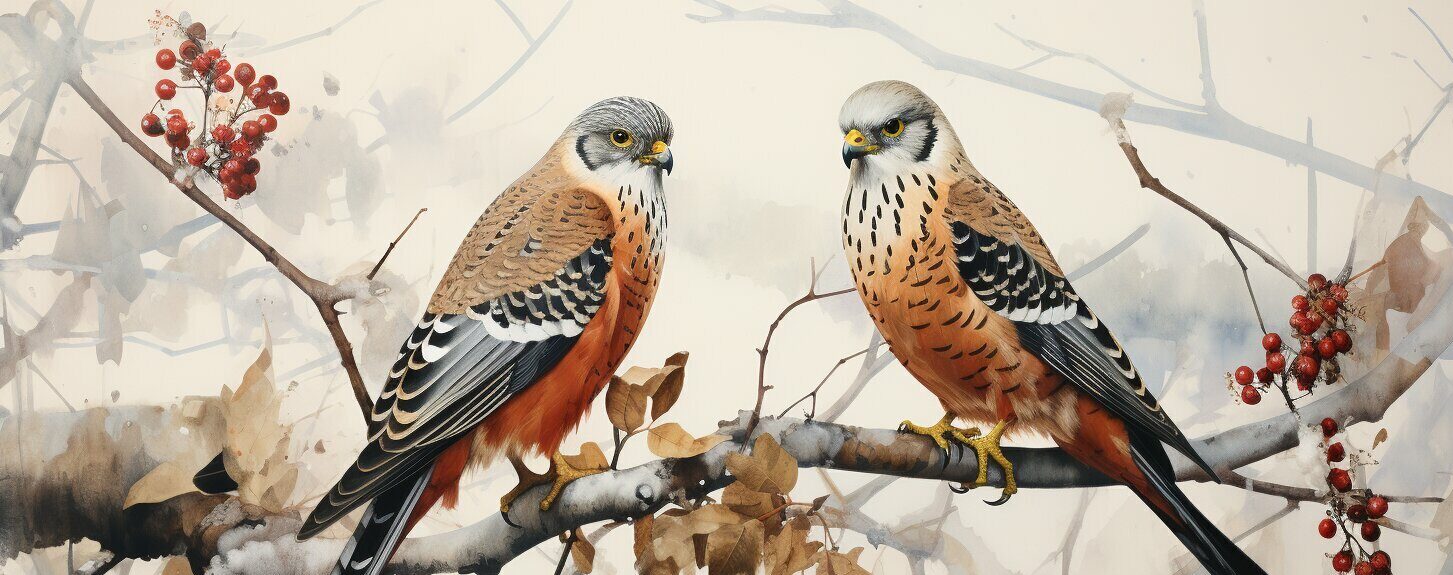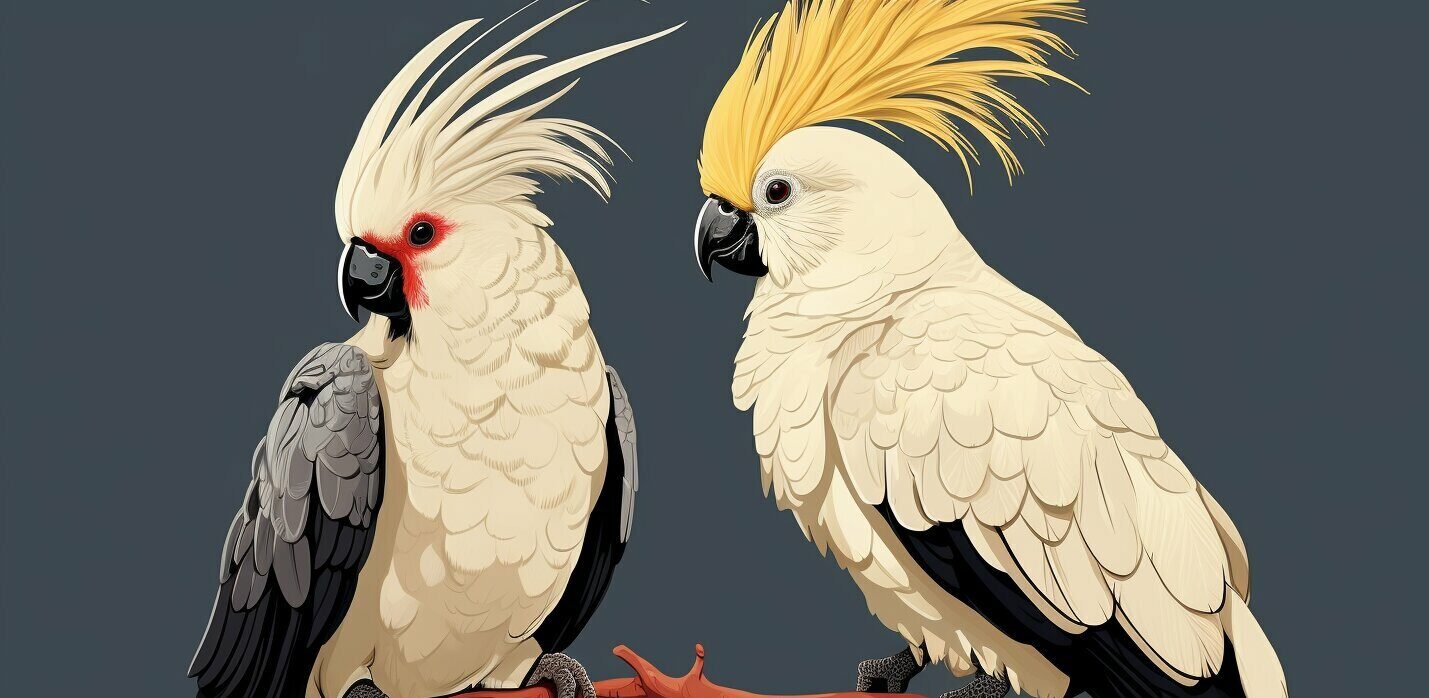Starlings and mynas are two types of small to medium-sized birds that belong to the family Sturnidae. While they share some similarities in physical characteristics and behavior, there are distinct differences between these avian species. Understanding these differences can help in appreciating the diversity of bird life and their unique roles in various ecosystems.
Starlings and mynas have similar physical features with a stocky body, strong legs, and a straight bill. Both species can exhibit iridescent plumage, colorful facial skin, and crests. They are found in a wide range of habitats, including semi-desert, grassland, forest, and even urban areas. The family Sturnidae consists of numerous genera and species, with starlings and mynas naturally distributed in Eurasia and Africa, and some species introduced to other parts of the world.
Despite these similarities, starlings and mynas have their own distinct characteristics. For instance, they vary in their plumage colors, bill types, and even habitat preferences. Additionally, they exhibit different feeding behaviors and have unique vocalizations. These differences contribute to the diverse roles that starlings and mynas play in their respective environments.
Key Takeaways:
- Starlings and mynas are small to medium-sized birds in the family Sturnidae.
- They share physical characteristics but have distinctive plumage, bill structure, and habitat preferences.
- Both species exhibit social behaviors, such as nesting in colonies and forming large flocks.
- Starlings and mynas have different feeding habits, with some specializing in insectivory and others in frugivory.
- Understanding the differences between starlings and mynas contributes to their conservation and the appreciation of avian diversity.
Physical Characteristics of Starlings and Mynas
Starlings and mynas, both belonging to the family Sturnidae, share similar physical characteristics. They are small to medium-sized birds, typically measuring between 7 and 17 inches in length. These birds have a stocky body with strong legs and a straight bill. Their plumage ranges from black or dark to iridescent or colorful, adding to their visual appeal. Male starlings often showcase long, narrow hackle feathers on their neck, distinguishing them from mynas.
One notable difference between starlings and mynas lies in the variety of bill types they possess. Starlings can have thin and pointed bills, while mynas are known for their heavier and blunter bills. Additionally, starlings and mynas undergo annual molts, which may result in seasonal differences in their appearance.
Starlings and mynas are diverse in their colors and patterns, making them visually captivating creatures.
Indeed, these birds exhibit a wide range of colors and patterns, further enhancing their overall charm. This diversity within the family Sturnidae adds to the intriguing nature of starlings and mynas in terms of their physical appearances.
Diversity in Plumage
Both starlings and mynas have evolved to possess unique and eye-catching plumage. The iridescent feathers seen in some species of starlings create a mesmerizing play of colors when exposed to light. On the other hand, mynas can exhibit striking patterns, combining contrasting colors and intricate designs on their feathers. This diversity in plumage is a significant distinctive feature of starlings and mynas, making them captivating subjects in the bird-watching community.
| Species | Plumage Description |
|---|---|
| Common Starling | Black plumage with iridescent green and purple hues |
| Hill Myna | Black plumage with bright yellow or orange bare facial skin and a striking red beak |
| European Starling | Mottled black and brown plumage with speckles of white, especially during the breeding season |
Through their remarkable physical characteristics and captivating plumage, starlings and mynas continue to fascinate bird enthusiasts around the world. Understanding these distinct features offers valuable insight into the diversity and unique adaptations of avian species within the family Sturnidae.
Distribution and Habitat of Starlings and Mynas
Starlings and mynas have a diverse distribution, naturally occurring in Eurasia and Africa. Some species have been introduced to other continents and oceanic islands. They inhabit a variety of habitats, ranging from barren semi-desert and grasslands to tropical rainforests. Many species are associated with forested areas, as they require cavities for nesting. Some starlings and mynas are migratory, while others are resident in their habitats. They can be found in agricultural areas and urban environments. Starlings and mynas have adapted to various habitats, as long as they provide suitable nest sites and food sources.
Similarities between Starlings and Mynas
Despite their different natural distributions, starlings and mynas share certain habitat preferences and behavioral characteristics. Both species can utilize agricultural areas, where they can feed on insects and fruits found in orchards and fields. They are also commonly found in urban environments, nesting in buildings, and foraging for food in parks and gardens. The adaptability of starlings and mynas allows them to thrive in a wide range of habitats, making them successful colonizers in many parts of the world.
Furthermore, both starlings and mynas exhibit social behavior, often forming large flocks and nesting in colonies. This behavior provides them with advantages such as increased protection from predators and enhanced foraging opportunities. They are highly vocal birds, known for their varied and sometimes raucous calls. Many species possess the ability to mimic the calls of other birds and even human speech patterns, showcasing their exceptional vocal abilities.
Peculiarities of Starlings and Mynas
While starlings and mynas share similarities in habitat preferences and social behavior, there are also notable differences between the two species. Starlings generally prefer open habitats such as grasslands and agricultural areas, while mynas are more commonly associated with forested habitats. This difference in habitat preference is reflected in their physical features, with starlings often having a sleeker body shape and mynas having a more robust build.
Additionally, starlings tend to have more colorful and iridescent plumage compared to mynas, with some species displaying elaborate crests and distinctive markings. Mynas, on the other hand, often have more subdued plumage, consisting mainly of shades of brown and black.
Overall, while starlings and mynas share certain habitat preferences and social behaviors, their distinct physical characteristics and habitat peculiarities set them apart. Understanding these differences enhances our appreciation for the diversity of avian species and the various ecological roles they play in their respective habitats.
| Characteristic | Starlings | Mynas |
|---|---|---|
| Habitat Preference | Open habitats such as grasslands and agricultural areas | Forested habitats |
| Plumage | Colorful and iridescent | Subdued shades of brown and black |
| Vocal Abilities | Exceptional mimicry skills | Varied and raucous calls |
| Social Behavior | Form large flocks and nesting colonies | Form large flocks and nesting colonies |
Behavior and Feeding Ecology of Starlings and Mynas
Starlings and mynas exhibit fascinating behavior patterns and have unique feeding ecologies. These two bird species, although similar in some aspects, have distinct differences that set them apart.
One of the key differences between starlings and mynas is their vocalizations. Starlings are renowned for their remarkable mimicry abilities, often imitating the calls of other birds and even human speech patterns. Mynas, on the other hand, have a more limited vocal range, with distinct calls and songs that are unique to their species. This difference in vocalization highlights the diverse communication behaviors exhibited by these avian creatures.
Another contrasting characteristic lies in their feeding habits. Starlings are primarily insectivorous, hunting for insects and small invertebrates as their main source of food. They play a crucial role in controlling insect populations, benefiting their ecosystem. Mynas, on the other hand, have a more varied diet that includes fruits, berries, insects, and even nectar. Their adaptability allows them to thrive in different environments and capitalize on a broader range of food sources.
Comparison Table: Behavior and Feeding Ecology of Starlings and Mynas
| Starlings | Mynas | |
|---|---|---|
| Vocalizations | Excellent mimics, imitating calls of other birds and human speech patterns | Distinct calls and songs unique to their species |
| Feeding Habits | Primarily insectivorous, feeding on insects and small invertebrates | Varied diet including fruits, berries, insects, and nectar |
| Role in Ecosystem | Control insect populations, benefiting their ecosystem | Seed dispersal agents and contribute to insect control |
Understanding the behavioral and dietary differences between starlings and mynas provides valuable insights into the unique roles they play within their respective ecosystems. While both species exhibit social behavior and have important ecological contributions, their distinct vocalizations and feeding habits showcase the diverse nature of avian life. Studying and appreciating these differences deepens our understanding of the natural world and the need to protect and conserve these remarkable bird species.
Conclusion
Starlings and mynas are two distinct species of birds belonging to the family Sturnidae. While they share certain physical characteristics and behaviors, they also exhibit notable differences. Starlings and mynas vary in plumage, bill structure, and habitat preferences. Understanding these unique traits and behaviors contributes to a greater appreciation of avian diversity.
Both starlings and mynas are small to medium-sized birds, but they differ in their appearance. Starlings often have iridescent plumage and long, narrow hackle feathers on the neck, while mynas display a range of colors and patterns. Additionally, their bill structures vary, with starlings possessing thin and pointed bills, while mynas have heavier and blunter bills.
Furthermore, starlings and mynas occupy diverse habitats. While both species are naturally distributed in Eurasia and Africa, some have been introduced to other continents and oceanic islands. Starlings and mynas can be found in semi-desert, grassland, forest, and urban areas. They have adapted to various environments as long as suitable nest sites and food sources are present.
Starlings and mynas play vital ecological roles in their respective environments. They exhibit social behavior, nesting in colonies and forming large flocks. These birds are known for their varied and sometimes raucous vocalizations, with many species being skilled mimics. Both starlings and mynas primarily feed on insects and fruits, contributing to seed dispersal and insect control, which benefits their ecosystems.
FAQ
What are the main differences between starlings and mynas?
Starlings and mynas have similar physical characteristics, but they differ in plumage, bill structure, and habitat preferences.
Where are starlings and mynas naturally distributed?
Starlings and mynas are naturally found in Eurasia and Africa, with some species being introduced to other continents and oceanic islands.
What kind of habitats do starlings and mynas inhabit?
Starlings and mynas can be found in a variety of habitats, including semi-desert, grassland, forest, and urban areas.
Do starlings and mynas have any unique behaviors?
Starlings and mynas exhibit social behavior, often nesting in colonies and forming large flocks. They are also known for their varied vocalizations and ability to mimic other birds and human speech patterns.
What do starlings and mynas eat?
Starlings and mynas are primarily insectivorous and frugivorous, feeding on fruits, berries, insects, and nectar. They may also exhibit seasonal shifts in diet.



